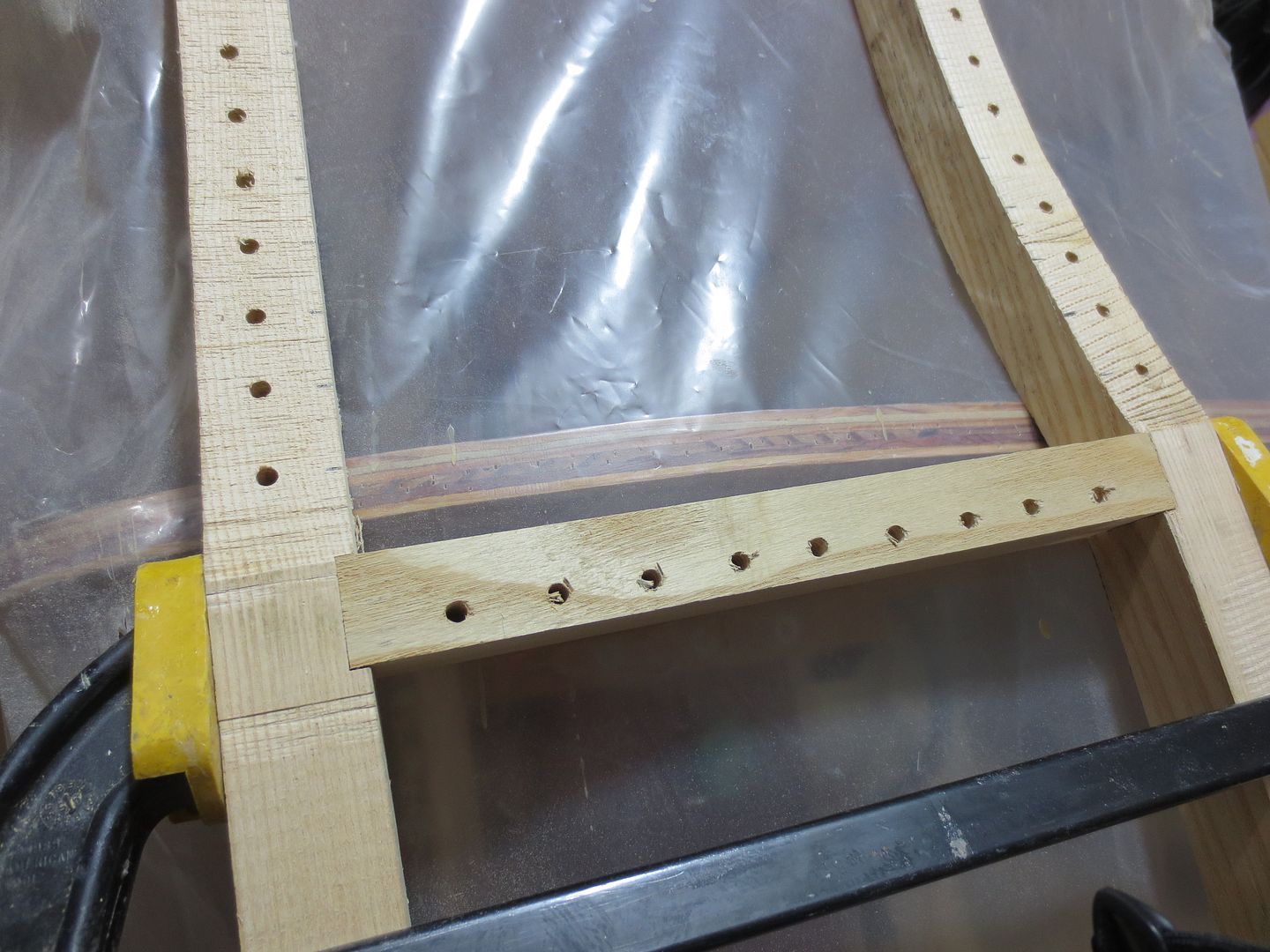Wow, I just scrolled through that facebook site Jim, best 20 minutes of my life recently. I real admire the sense of community that enables this kind of project to exist, it is something sorely lacking in most places in Canada. All those pictures of little kids creating with scraps, and being introduced to hand tools is very special. This has been my first year teaching grade nine woodworking, and of the 50 or sixty kids who have rotated through, not one of them had ever used a hammer or a handsaw before.
Thanks for showing us the Nokomis wood shop!
The wood shop was started from the generosity of the guy who owns the building.
Not knowing what to do with it, he was talking to a friend, and the idea, of a community work shop, came up..
Starting with the building, and over $30,00, the idea came into reality.
A Retired shop teacher and about 5 members, including me, went to work.
We have 40+ members. At $300 a year, a member has 24hr use. Family is welcome, also, so long as member is present.
Heated in the Winter, and with dehumidifiers, stays cool all Summer long. we have a shop, with top notch tools, that we are upgading, all the time.
Since we are a non profit operation, we qualify for Grant money ( comes from Casinos)
Last year we upgrade one of our three tablesaws, to a Saw stop.
I have to say we are blessed.
One thing that helps, is the work we do with Scouts, boys and girls, Church groups, and 4H. We also have adult classes, all thanks to our retired Shop teacher.
I pinch myself, every time I walk into the shop.
We make and sell things, mostly at a Christmas Market, and the money goes to our Scholarship fund.
We also do repairs for free will donations, which are really good, because people like to see us keep going.
I'm pretty much the maintenance man, as well as the Janitor.
I also operate our CNC router.
It's my home away from home !
Lastly you never have to stand in line, to use the tools.
I haven't found anything to compare !
Anyone in the area, can contact me for a tour !
Jim

































